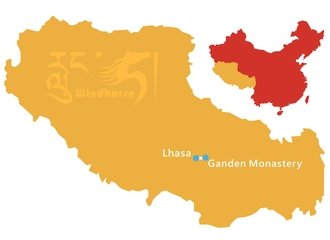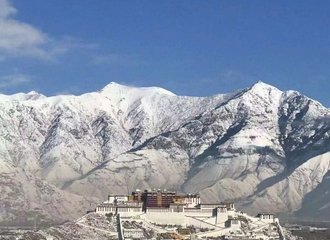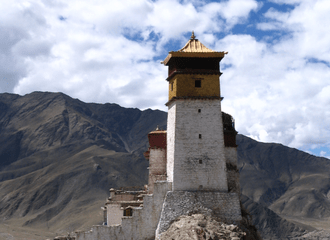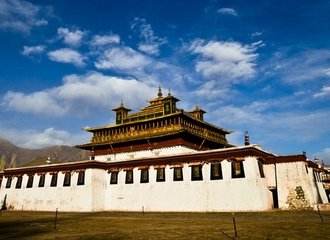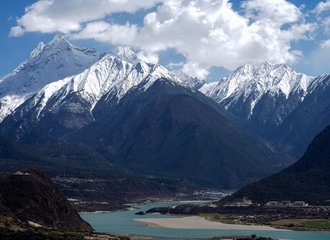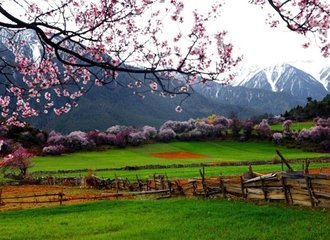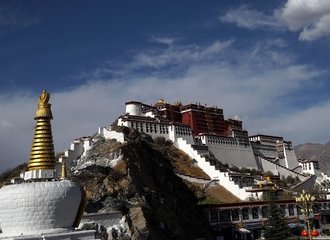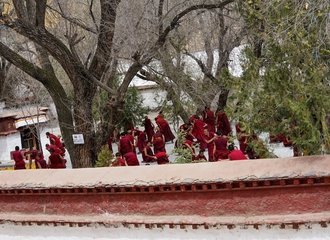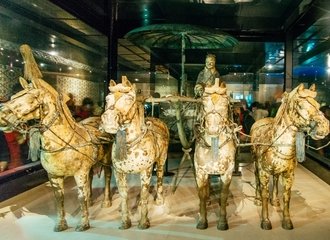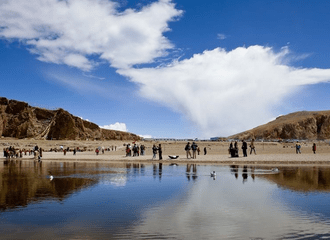Astana Graves
Brief Introduction of Astana Graves
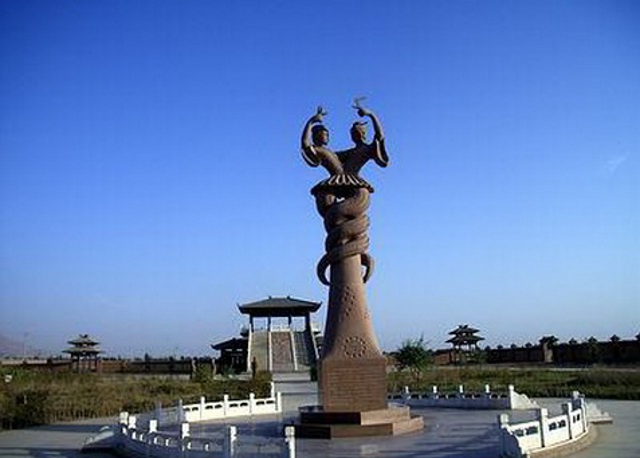
Astana Graves are a series of underground tombs located on Gobi desert in north of Gaochang, an ancient city in Turpan of China's northwest Xinjiang province.
It is only 42 km. (26 mi.) away from The Oasis City Turpan, in Xinjiang which is world-renowned for its grape production. The tomb area is 5 km. (3 mi.) in length and 2 km. (1.2 mi.) in width and covers an area of 10 sq. km. (2,471 ac.).
More than 1,000 tombs from Western Jin Dynasty (265 - 316 A.D.) to Tang Dynasy (618 - 907 A.D.) were discovered, constituting a magnificent view. The deceased were buried there according to different family names with a clear gravel boundary to discriminate them. Among the deceased there are ethnic people from Xionglu, Tujue, and Gaoche tribes and a dominant Han population.
What to See in Astana Graves
In order to enter a typical grave, which is an earthen tomb chamber with the ground covered by gravel, visitors need to climb up a steep staircase. The tombs are usually 2 m. (7 ft.) high and have a flat or vault top.
Interested in This Attraction? Contact Us Now!
The deceased are placed on the a simple wooden bed or an earthen platform instead of being put in coffins like what we do in modern times. The dead body what we call mummy nowadays are surrounded by models like pavilions and chariots and food like dumplings and grapes. While wandering in some tombs, visitors can find exquisite murals on the walls.
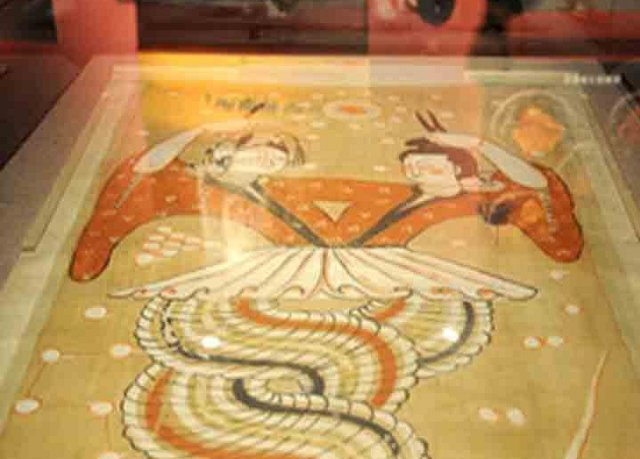
Besides, thousands of precious artifacts are excavated in this grand tomb yard. They include mummies, paintings, epigraphs, pottery, gold vessels and so on.
Thanks to the dry and hot climate, many paintings, earthen figurines and thousands of other unearthed cultural relics are well-preserved and as colorful as new ones.
The unearthed boiled dumplings of the Tang Dynasty are the same shape as those of today and the stuffing of the dumplings is still fresh. As a result, it is famed as the "the historical archives of Gaochang" and "the underground museum of "Turpan".


